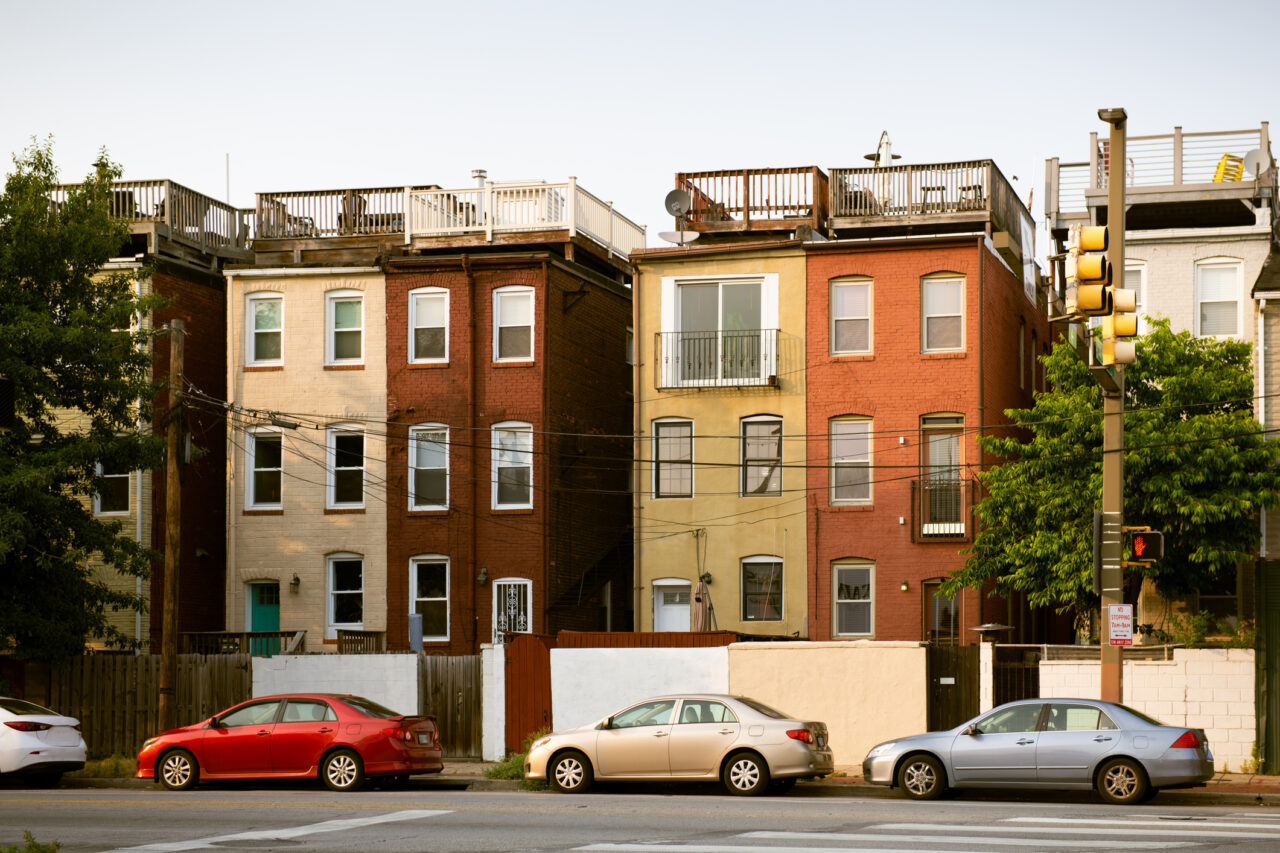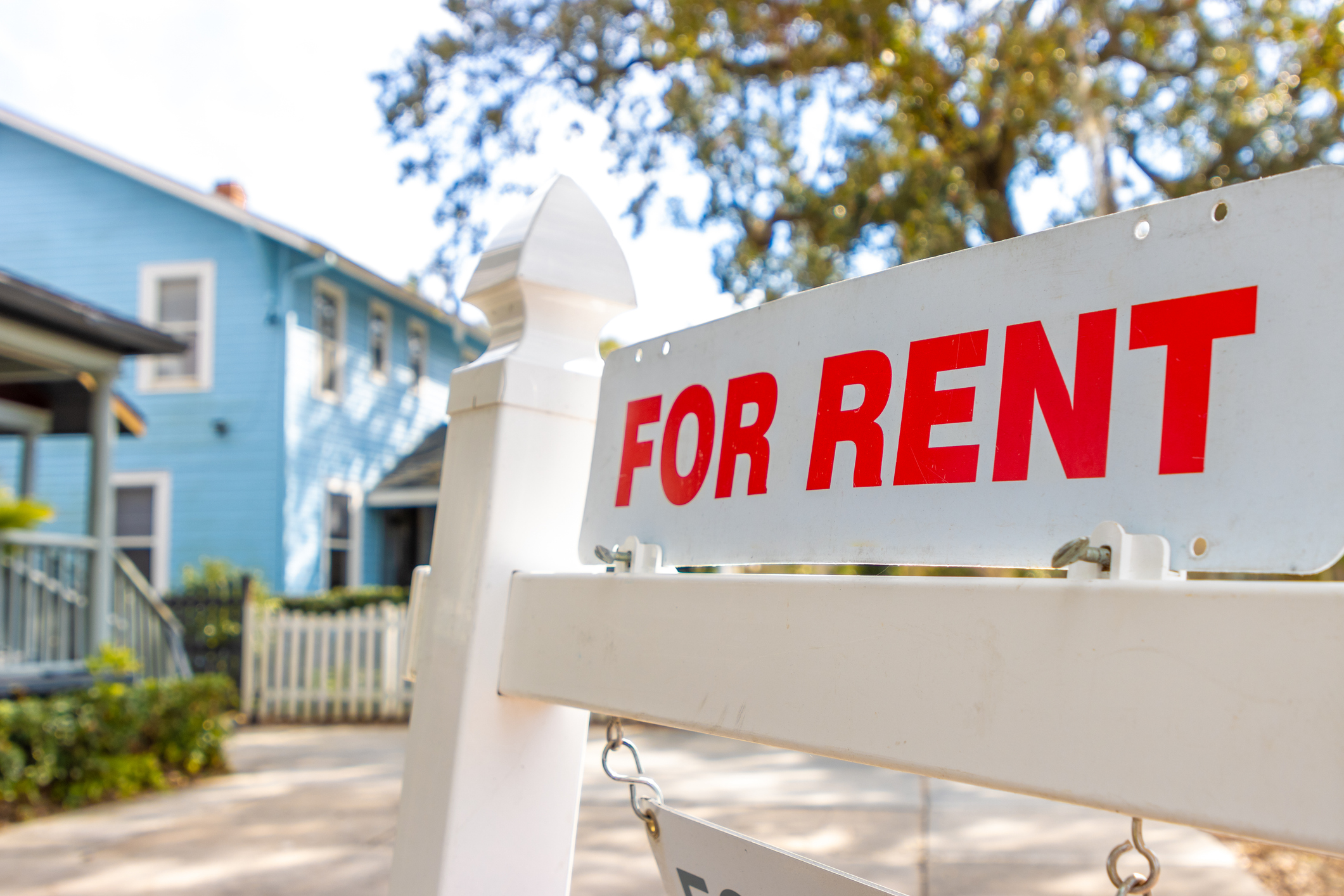By Tammy Dong, Menino Fellow
According to HUD’s American Healthy Homes Survey II, 22.3 million housing units in the U.S. have one or more significant lead-based paint hazards. Many unsafe housing units are in disadvantaged neighborhoods where most people rent their homes and may be unable to afford better, safer housing. For a city’s most vulnerable residents, a rental registry with proactive inspections is a lifeline. Rental registries are databases of all the rental properties in the city and include the landlord’s contact information and other details about the property. While this information can encompass the number of units in a property, occupancy, and last inspection date, each city that has a rental registry has its own rules and enforcement mechanisms.
Although there are more than 49.5 million rental housing units across the country, many cities do not have rental registries, and of those that do, most do not have proactive inspection systems. Some cities operate on a complaint-based system. However, residents may not always report hazards in their homes out of fear of eviction or retaliation. Proactive inspections are important for ensuring that rental properties meet minimum maintenance and safety standards. In a proactive rental inspection (PRI) program, the city inspects properties on a regular schedule. Advocacy groups in many cities have been calling on the local government to implement a proactive inspection system for years.
“With Denver’s current licensing system, landlords must have their properties inspected and approved by an authorized third-party private inspector to be eligible to apply for the required license, which must be renewed every 4 years.”
– Nicole Kim, the Residential Rental Program Manager of Denver
These inspections can be beneficial to not just residents, but also landlords and the city itself. In Grand Rapids, the rental registry system helps landlords manage their property by notifying them if, for example, there are complaints about their property.
NLC recently completed an informational interview project combining rental registry use and exploring lived experience as an evaluative tool.
“Lived experience is knowledge based on someone’s perspective, personal identities, and history, beyond their professional or educational experience.”
– Assistant Secretary for Planning and Evaluation (ASPE)
The goal is to eventually build strategies for measuring to what extent programs after they are created and implemented, impact the actual experiences of the group it is intended to help. In these conversations, we asked city officials about the process and challenges of creating and maintaining a rental registry. Since lived experience may not be top of mind for many cities, we also included questions that build a general framework for starting to evaluate the impact of rental registries through lived experience:
- When you consider the benefits to your city that a rental registry is supposed to bring, who is the registry most meant to benefit?
- Whoever the rental registry is most meant to benefit, have you been able to develop a way to check on or measure how much the intended beneficiaries experience that benefit?
- If there was a way to talk to new renters signing leases after the Rental Registry was in place, what questions would you ask them to see if the Registry was working?
Lived experience can be a valuable lens for cities to better understand the impact of their housing policies on various aspects of the tenant experience. We generally expect that lead and other hazard levels would decrease after inspections, but do residents feel the difference? Do residents experience an increase in their quality of life if they can depend on city inspections to ensure safe housing conditions? Do prospective renters look at rental registries before renting a place? Some of these questions were mentioned when we asked city officials what they would ask new renters to see if the rental registry is fulfilling its intended benefits.

The interview responses also reflect how cities may focus on different aspects of their rental stock. For a city like Berkeley, CA, where rising rent prices are a major concern, the rental registry also serves as a historical record of rent prices throughout the decades the rental registry has been in effect. Berkeley’s case is a strong example of how the language of the rent ordinance provides the framework for how the rental registry can be utilized to best address the city’s housing needs. Voted into law in 1980, just a few years after the City Council declared the existence of a housing emergency, Berkeley’s Rent Stabilization and Eviction for Good Cause Ordinance expressly states that it is meant to “regulate residential rent increases in the City of Berkeley and to protect tenants from unwarranted rent increases and arbitrary, discriminatory, or retaliatory evictions, in order to help maintain the diversity of the Berkeley community and to ensure compliance with legal obligations relating to the rental of housing.” By including lived experience in their evaluative toolkit, cities may find new ways to improve their rental registry, or make amendments to their rent ordinance, if necessary, to best help the people they serve.
The learnings from the interviews may help cities that are planning to start their rental registry. First, technology has helped cities make their registries more accessible to the public. In 2021, Berkeley switched to using a more complex online system, 3Di, to run their rental registry. According to DéSeana Williams, the Executive Director of Berkeley’s Rent Stabilization Board, this move has helped make the registry information more accessible to the public.
Second, a successful rental registry incorporates the voices of the stakeholders involved. Before Grand Rapids, MI, expanded its rental certification program to include single-family rental property certification, it had conversations with property owners as part of the community-wide process.
“The open dialogue helped because there were property owners who, bit by bit, were less oppositional when they were included in the discussions.”
– Philip Schaafsma, Financial & Information Systems Manager at Grand Rapids’ Community Development Department
When asked about some of the lessons learned as South Burlington, VT created its new rental registry this year, Deputy City Manager Steve Locke noted “the wide range of viewpoints about the need for the rental registry and the individual impacts and trying to navigate policy development through very competing needs” as some of the collaborative challenges they overcame.

Lastly, learning from what other cities have experienced in terms of successes and challenges is a valuable tool. Using the information gained in these initial interviews, NLC plans to continue to explore additional resources and practices for designing and implementing rental registries. Cities may consider incorporating lived experiences into their rental registry evaluation metrics. For cities without a registry, leaning into existing resources and perhaps even drawing inspiration from cities with rental registries and high compliance rates may be another step forward in ensuring the safety of residents.
As part of those existing resources, NLC encourages cities to consider joining our Healthy Housing Local Action Challenge. The Challenge offers cities tools and support as they create and implement a plan for healthier housing.
Take the Healthy Housing Local Action Challenge
Everyone deserves to live in a safe and healthy home, but unfortunately, health hazards are still common in homes across America. NLC’s Healthy Housing Local Action Challenge gives municipal leaders the tools to take advantage of investments through Housing and Urban Development, the American Rescue Plan Act, and the Bipartisan Infrastructure Law to make generational changes in the health and homes of their residents.










